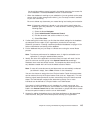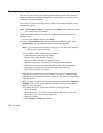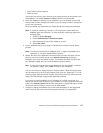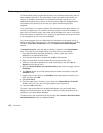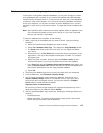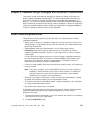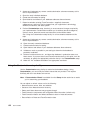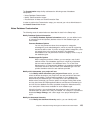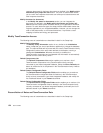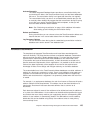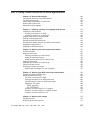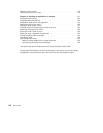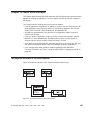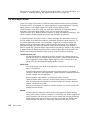The Customization setup facility addresses the following areas of database
manipulation:
v Notes Database Customization
v Modify TeamConnection Access
v Reconciliation of Notes and TeamConnection Data
In order to perform the Customization setup, you must set your role to Administrator in
the Access Control List window.
Notes Database Customization
The following areas of customization are described in detail in the Setup help.
Modify Database Optional Information
In the Modify Database Optional Information section, you can define levels
of categories and valid (default) attribute values for the database type you
have chosen.
Common Database Options
You can set permanent values that correspond to categories,
subcategories, and subsubcategories, which are used for organizing
documents within views. If you do not supply default categories, users
can supply them in the course of working in the database.
Administrators can set permanent values for category levels in any of
the database types.
Database-specific Options
Within categories and their children, you can assign a set of valid
attribute values. Each database type has a unique set of attributes
that are made available in the database forms. For a Test Case
Management or a Requirements database, the predefined attributes
have been tailored to suit the intent of the database type. You can
provide allowable values for each attribute provided.
Modify which documents your project will use
In the Modify which documents your project will use section, you can
select the Notes documents your project will use and provide the document
name, title and subtitle. The documents available for your database are
determined by the database type. The setup forms come preloaded with
default values, although you have the option to overtype existing field values,
and turn documents and IBM-supplied subforms and document numbering on
and off. See the database Previews (available through the
About
document)
for a description of documents available for each database type.
Using this function, you can deactivate documents you don’t need now and
reactivate them at a later time if they are needed. For example, it is possible to
deactivate Design Change, until a later stage in the project development
cycle.
Modify the document hierarchy
In the Modify the document hierarchy section, you can identify valid
Chapter 9. Database Design Strategies and Advanced Customization 123



